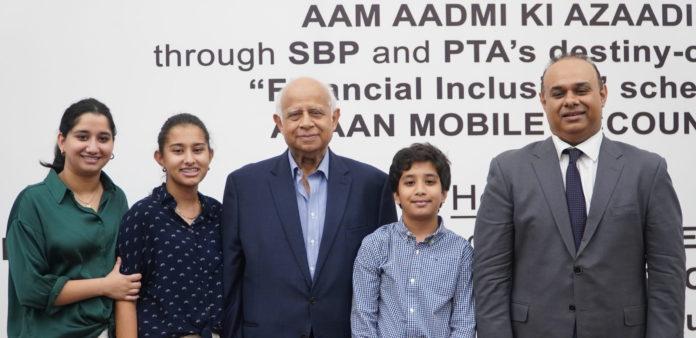Question: About yourself, professional achievements and accolades
Ans. I was selected as a Young Global Leader (YGL) by the World Economic Forum (WEF) and serve on the Board and the Executive Committee of the American Pakistan Foundation. Previously I served as President of The Citizens Foundation-USA, a non-profit dedicated to building schools for underprivileged children. As a practicing lawyer I am a Partner at Clifford Chance and serve as the Head of Banking and as Global Head of Transport & Logistics. I graduated from Boston University with a BA and from Georgetown Law School with a Juris Doctorate.
Question: Looking at yours’ and the family business background, it is quite interesting to observe that your Group has ventured into the digital financial arena which is quite challenging. Please elaborate on how and when did you get the idea of establishing the company VRG?
Ans: The concept for VRG was conceived in 2013 by my youngest sister (Nefer Sehgal) when she and my father discussed the challenges our blue-collar employees faced when trying to access banking services, typically during the onboarding process to receive their salaries and then to transfer it to their families in rural areas. With a guarding force of more than 15,000 we learnt that at a certain point in time most of our own people have had to succumb to using financial services which charged even higher to send money than conventional banks. We saw opportunity in the crisis that banking for the poor was more expensive due to the last mile problem.
Banks open branches on the basis of foot-walk and feasibility, therefore, in a 60% financially excluded adult population scattered across the nook and cranny of the country a franchise model provided relief. However, back in the days agent led banking model soared cost of business and deliberated on Over the Counter (OTC) transactions for maximizing revenues & commissions and did not wholly encouraged deposit taking, such that a customer could partially withdraw an amount and deposit the remaining. This was also a huge problem for international remittance beneficiaries. The one-to-one model was prevalent at the time and every Telco ventured in by pairing with a microfinance bank, we saw this as a restriction provided the fact that while USSD (Unstructured Supplementary Service Data) was initially available to agents and later moved on to customers, mobile apps weren’t an option and account opening was greatly influenced by the telecom company of the subscriber. Agent interoperability meant that an agent is non-exclusive to sign-up with any bank a term which not even loosely came close what it meant. The agent dictated the money transfer service on a higher commission bias. The present statistics of financial inclusion of the Country are much below the targets set under the World Bank for 2023 which specify that 50% of Pakistan’s adult population and 25% of the total adult women population should be financially included.
Question: Your vision of providing financial access to the poor is quite a daunting task which requires provision of affordable service costs as well as an outreach to the masses. How have you been able to meet these constraints and which technology has been deployed?
Ans: The biggest gap we identified was the availability of a suitable access channel which was amplified due to the fact that the concentrated unbanked population lived in areas with scarce Internet penetration and this was a time when we anticipated PTA to allow 4G public trials. We knew there is an opportunity, but the problem we are trying to address would take years to reach the critical mass and we were ready to take on the challenge. Hence, a lot of the components in our clockwork today were envisioned earlier during the first few days of establishing VRG. We planned VRG as a technology company offering payments services run by experts in banking and MFS (Mobile Financial Services) in tandem with the best technologists to build a state-of-the-art platform which can scale and serve millions of people. VRG isn’t a business we merely created for ourselves, we created it to serve the most vulnerable and the deprived in our population. On Day Zero we wanted to offer a SaaS (Software-as-a-Service) based MFS Platform to enable more banks to rollout branchless banking services with minimal CAPEX along with offering a robust interoperable payment platform which also facilitated channeling of home remittances to e-Wallets (type of pre-paid account). As we approached the SBP in 2013, we learnt currently no regulations existed in the books to place us into an ambit for regulatory oversight and to safeguard us and the industry at large. Thus, we were encouraged to apply for the upcoming PSO/PSP (Payment Service Operator/Payment Service Provider) regulations which were announced in late 2014.
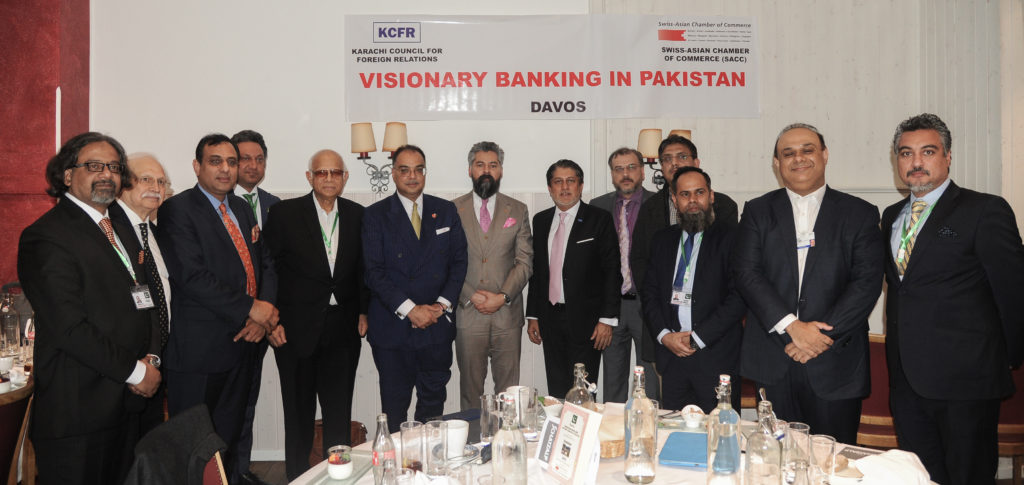
Question: Please elaborate on the Country’s Financial Inclusion program and regulations which enabled the establishment of VRG’s inter-operable many-to-many platform by bringing on-board telecom operators and financial institutions?
Ans: Under the National Financial Inclusion Strategy and with the oversight of the World Bank the SBP and PTA issued joint regulations for Third-Party Service Provider (TPSP) in 2017. The TPSP services is where we had foreseen ourselves which lied in the enablement of a true Many-to-Many financial services ecosystem with all Telecoms and all Microfinance Banks/ Branchless Banking players. Soon after the authorization from the SBP as a PSO/PSP, we applied for the TPSP license. Having both licenses from the regulators puts us at an advantage to offer a unique set of services.
The USSD technology was key here, and one which was well preserved by Telecoms for themselves. TPSP is where both regulators joined hands to establish a third-party which would interconnect “Every Telco with Every Branchless Bank” so as to democratize the mobile financial services industry and open it up for cross operator financial services.
Question: During the last nine years, which were the biggest challenges VRG has faced and have these now been settled and setting in motion its upward trajectory?
Ans: The biggest challenge we faced was with the establishing of a commercial model which bridged the two very distinct industries; banks and telecoms. Banks are objective based, they only charge once a service or transaction is successfully executed, whereas telecoms charge on usage. So if the short-code is dialed and a transaction is not performed as per the telecom model a charge is still incurred. If you take the telecom pricing model to banks, every time you would open your banking app you would be charged. However, with untiring efforts, successful negotiations and with the support of our regulators, a model was developed and unanimously embraced by the industry.
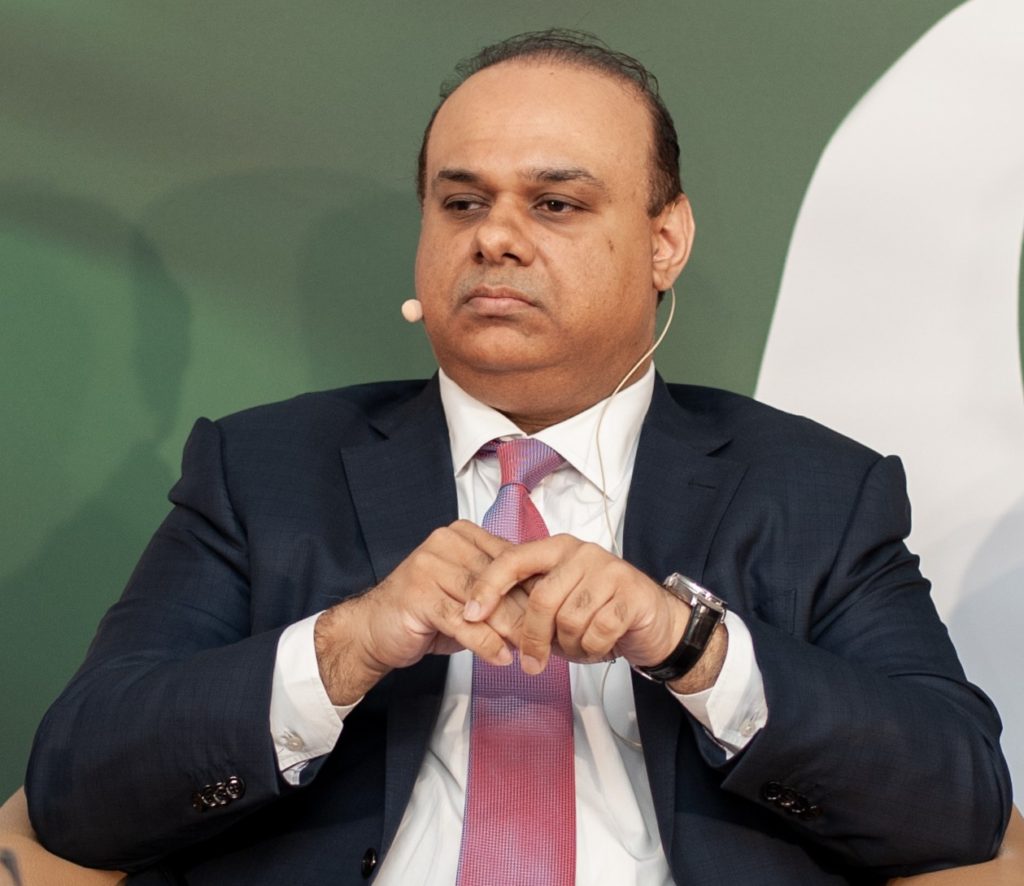
Question: What distinguishes VRG from other fintech players, and what support has VRG received from the regulators?
Ans: During the course of nine years, we have seen many startups, very few of them are successful, the rest of them failed mainly due to money running out, being in the wrong market, a lack of research, bad partnerships, ineffective marketing, and not being an expert in the industry. We started VRG with a vision to change the traditional way of accessing the financial service for the common man which requires time, effort and consistency, and of course, investment.
Question: What are your greatest strengths and how have these been synergized within the Group or for new ventures? Has VRG’s business case for “Financial Inclusion” show-cased globally as it is considered an important SDG?
Ans: The pride of our platform is that it is indigenously built in Pakistan. It is a testament of the great talent we have in our country which is second to none. Within the Pathfinder Group, we have established a Financial Services Technology Division (FSTD) and we have organized them as a technology stack. All of our endeavors in FinTech, HealthTech as well as R&D and experiments are brewed at iPath. And then we have VRG as a capstone building on the strengths of its sister companies.
Our platform was presented to the UNDP Administrator Mr. Achim Steiner in New York with UNDP Chief Digital Officer Robert Opp (joining from Rome on video link). We also met with the Office of H.M. Queen Máxima, the United Nations Secretary-General’s Special Advocate (UNSGSA)’s for “Inclusive Finance for Development”.
The World Economic Forum held the EDISON Alliance Champions Deputies & Executive Network Meeting to discuss the 2022 roadmap, share commitments and initiatives before the Annual Meeting at Davos. VRG was invited by the Alliance and we presented our proposition to bring the next 50 Million Pakistanis under the financial ambit through the Asaan Mobile Account (AMA Scheme). We were absolutely thrilled and honored when the WEF indicated that they are considering to make Pakistan as a Lighthouse Country to be able to learn and share from our experience of successful private-public partnerships.
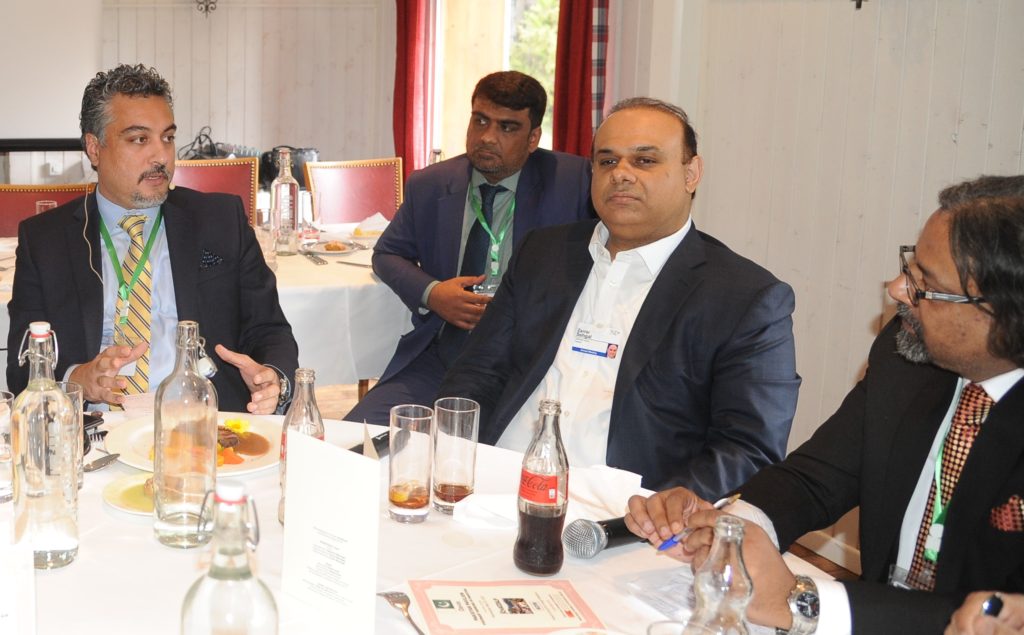
Question: Will not the launch of additional services on the State Bank’s RAAST payment platform disrupt VRG’s business model or will it complement it?
Ans: RAAST is the future of payments in Pakistan. There are only a few comparable payment systems in the world at this sheer scale. It extends payment rails which will allow banks and payment service providers to build innovative products. While being exceedingly efficient, RAAST could not be termed as a pro-poor payment system. The benefits of RAAST are extended to customers on existing channels the very audience which is already financially included. Reducing the cost or allowing free funds transfer will encourage a cash-lite economy, but only does marginally well in bringing the population towards banking.
I believe this is where both RAAST and AMA have a role to play. We envision that we can take the strengths of RAAST and enable them on the AMA platform to make it accessible to the masses.
Question: As you have explained that the Pathfinder Group has established FSTD, which new ventures and business units do you wish to add and that supplement existing businesses?
Ans: Our group has also ventured into HealthTech mainly in the US, where our team is solving a daunting challenge on Healthcare Interoperability. We have built my mediport, an innovative patient medical record integration platform. It allowed for medical records coming in from multiple disparate systems to be integrated and provide healthcare givers an integrated view of a patient’s history for accurate diagnosis. In Pakistan and in developing countries we are proposing this solution as a National Electronic Health Record platform where citizens’ medical records are integrated across healthcare touch points and linked to National ID cards. Recently FSTD has also entered into the e-commerce segment to digitalize neighborhood retail shopping by providing digital and financial tools for uplifting SMEs.
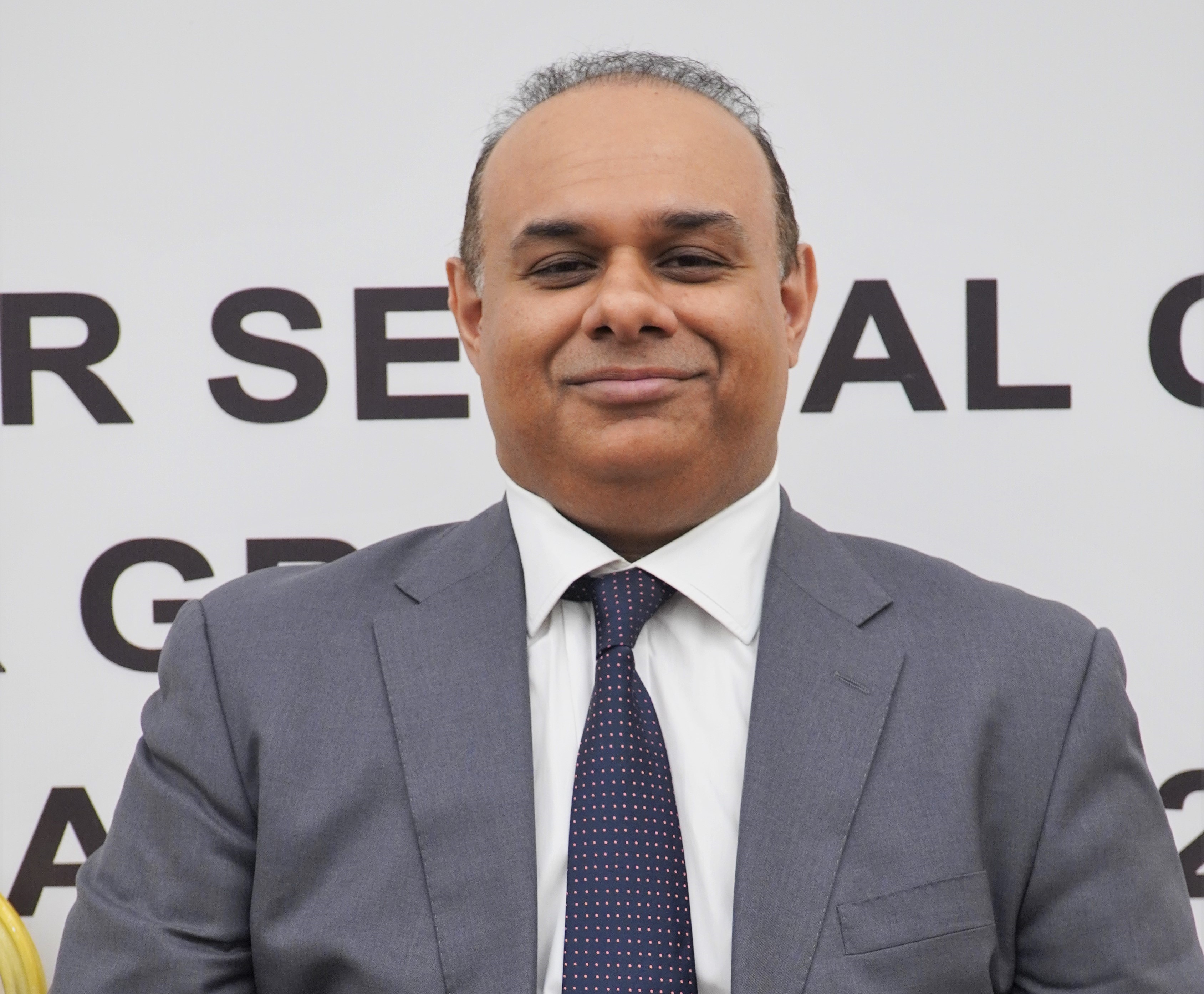
Question: What are your expectations, will the AMA scheme gain traction post its mass media launch for creating awareness? Also elaborate what has been AMA’s performance to-date?
Ans: If you evaluate the performance of AMA in the past 18 months as a yardstick, we started as a trial run between member banks with a headcount of some 30 accounts. The word quickly spread and without any marketing or print media advertising, we have reached over 4.3 million customers and we are gaining momentum by the day of which 31% are women accounts. AMA is the platform for the common man; the Aam Aadmi. The payment instrument, the debit card of the poor.
Question: Apart from Financial Inclusion and related social elevation projects, which are the new projects that VRG intends to undertake and have an impact on the local Fintech ecosystem?
Ans: VRG is all set to play a key role in financial inclusion and women empowerment. We are working on some exciting products and features like instant credit, micro and nano insurance, retail payments and most importantly Agent Interoperability. The interoperable cash-in and cash-out services via agent network resolve issues like accessibility of financial services of any bank from any agent for AMA scheme customer. All G2P schemes will get the benefit of agent interoperability service for serving the beneficiaries in a quick and affordable manner. Our Unified USSD platform for interoperable payment gives VRG an edge to become Pakistan’s first PISP (Payment Initiation Service Provider – Open Banking) which gives AMA customers independence of using bank accounts. VRG, a unique company having PSO/PSP and TPSP license, a Unified USSD platform hosting the AMA Scheme which already have 4.3 million accounts and many more to come; makes VRG the most valued company nowadays and this valuation is increasing day by day. VRG has set up a platform for the fintech(s) to enable their products for the masses by providing them an access channel which makes VRG an Enables for financial inclusion. One of the recent example is of Chinese company which is investing $100 million for the enablement of low cost transactions which clearly shows that VRG services and its valuation is far above the expectations.


